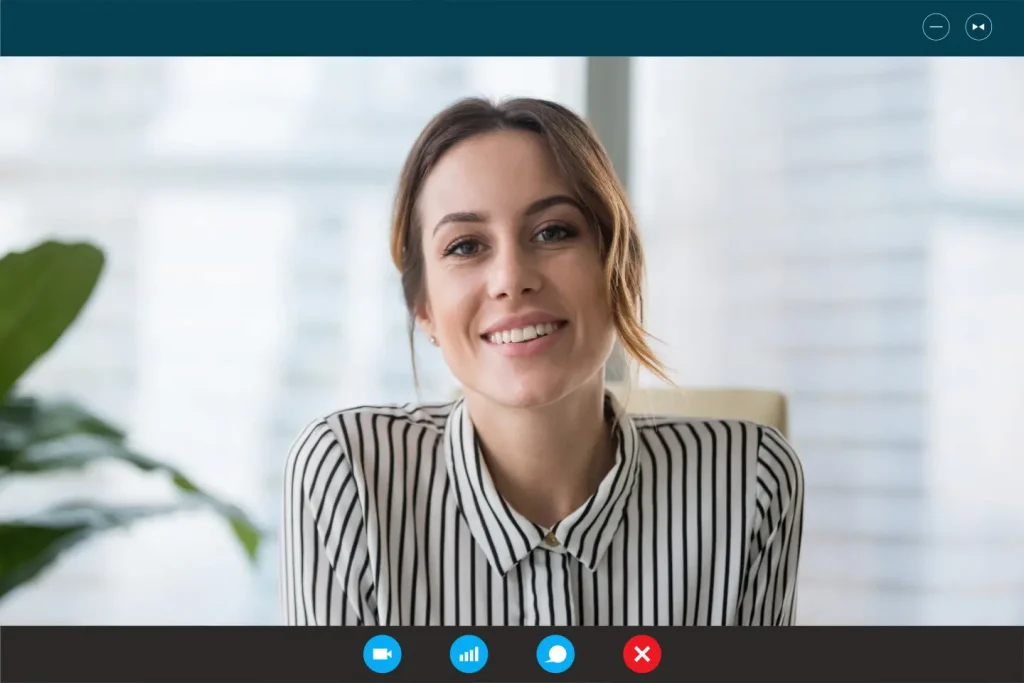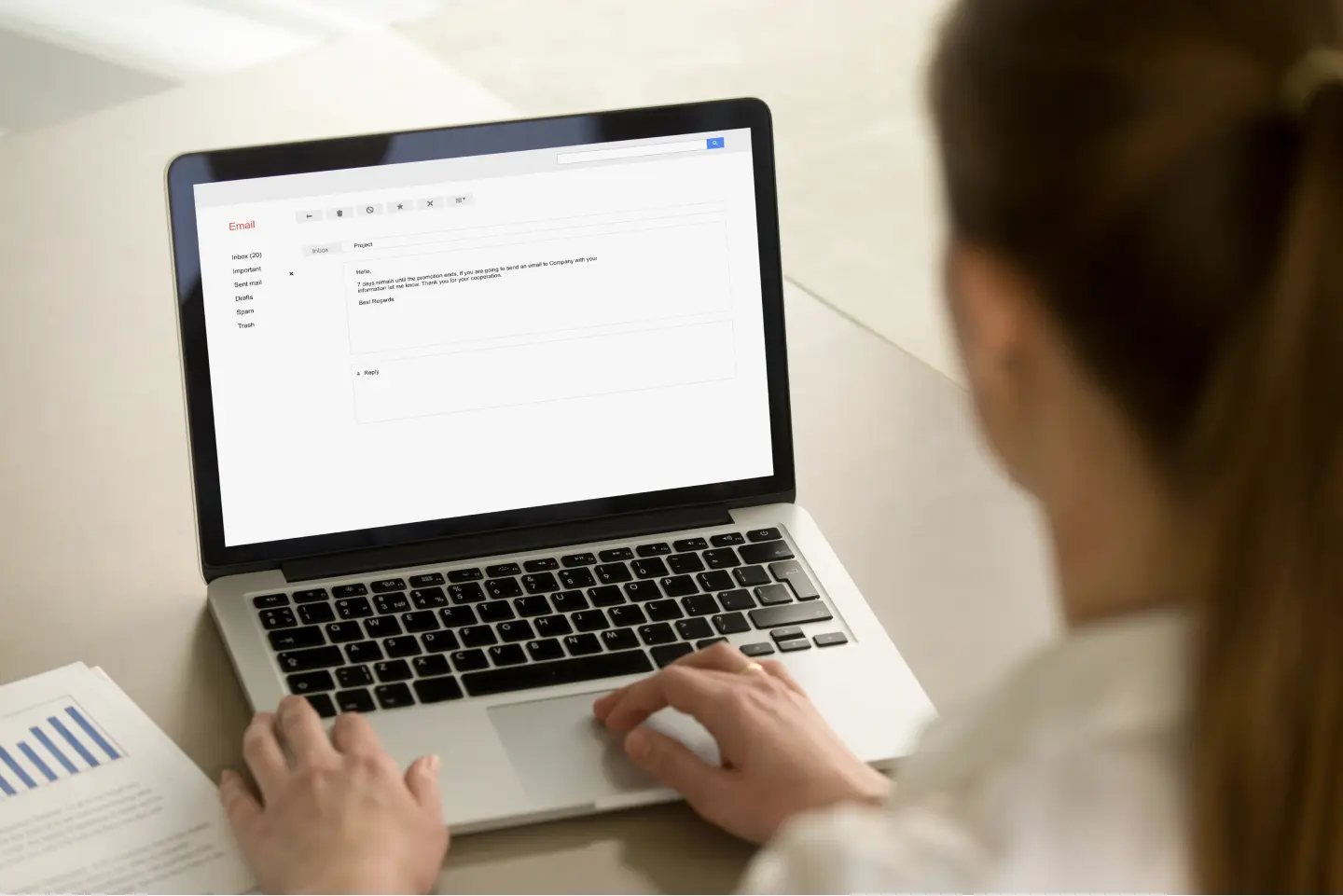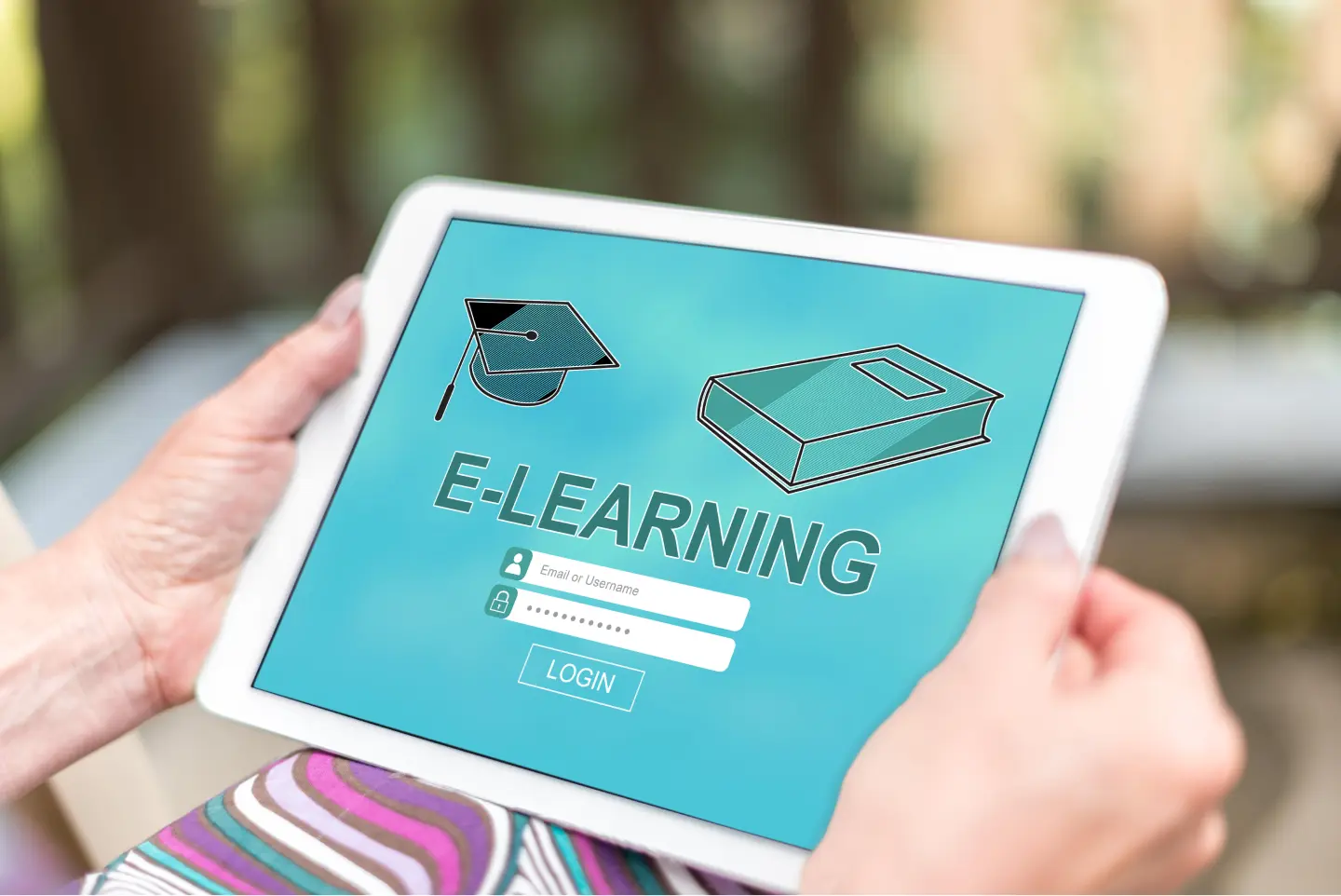Updated on 5/29/2024
Congratulations! You passed the first couple rounds of interviews, now it’s time for the final step in landing your dream teaching job: the teaching demo. Your demo lesson should highlight all your many strengths as a teacher, and convince the hiring committee that you will be a positive addition to the school.
Whether you choose to record your demo lesson in front of a live class or in an empty classroom, the goal is to craft a lesson that highlights your ability to teach age-appropriate content and impress the hiring committee. While this may sound intimidating, being confident and prepared are the simple keys to success.
What Is a Demo Lesson?
A demo lesson is a learning session prepared for an interview committee to help them assess your teaching abilities. A school may offer a prompt for a specific topic or allow for a topic of the candidate’s choosing. Regardless of the school’s guidelines, the lesson must be appropriate to the grade level and the subject.
The time allotted for the lesson may vary according to each school’s parameters, but typically lasts between 15 minutes to an hour. In a virtual demo lesson, whether or not you record in front of a live class, you must demonstrate your mastery of current teaching standards and trends as the committee will likely use professional teaching standards to define its expectations.
Keep reading to learn how to craft the perfect demo lesson for an interview!
1. Keep Your Lesson Plan Handy
A clear and well-written demo lesson plan makes a candidate look organized and efficient and keeps them within their time constraints. A lesson plan can also serve as a reference point if you lose your place while teaching. It’s a good idea to go through a few existing demo teaching ideas before preparing a demo lesson of your own.
While a school might provide candidates with a topic, it will obviously be your responsibility to write the lesson itself. Don’t try to do too much in a single lesson; instead, focus on one topic for a specific age group and keep the structure simple, with clear expectations of the learning outcomes.
Write down all the activities and the direction that the students should take while participating in the lesson. While planning to assign an in-class task, write the instructions clearly beforehand. If you’re not teaching a live class, make sure that hypothetical students would easily be able to follow the lesson as though they were sitting there. If you’re recording a live lesson, anticipate any questions students might have and account for them in your lesson plan.
2. Prepare Your Materials
Make sure all the required materials for the lesson like handouts are arranged beforehand so that you don’t have to scramble during the lesson. Always plan for a scenario where the technology fails, especially during a live lesson. You don’t want to leave the success of your teaching demon in the hands of fate.
For younger children especially, make use of more pictures, objects, and colors to keep their attention and interest.
3. Demonstrate Good Classroom Management
Effective classroom management relies on preparation before the lesson and clear instruction and monitoring of the students during the lesson. It’s vital that you ask the students frequent questions in order to evaluate their understanding of the lesson and adjust when necessary.
At the end of the lesson, take the opportunity to ask your interviewer for feedback. You’ll not only demonstrate your willingness to accept advice and demonstrate your desire to grow into a better teacher, you might just learn a thing or two!
We hope this blog has helped you out on your journey to your dream teaching job. For more interview tips, visit our resources section.
Create an account with OLAS to find more K-12 school job opportunities with various schools.










